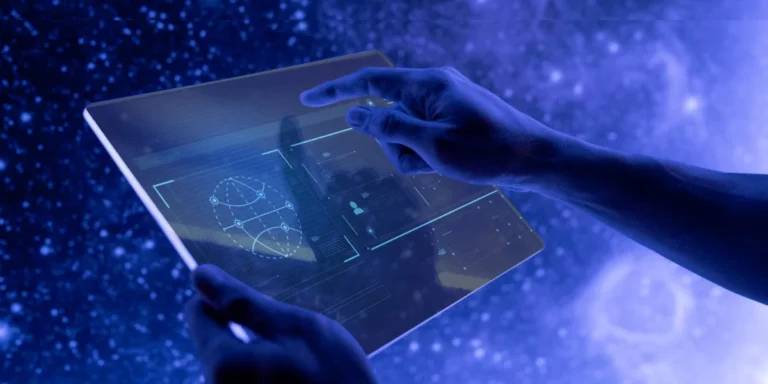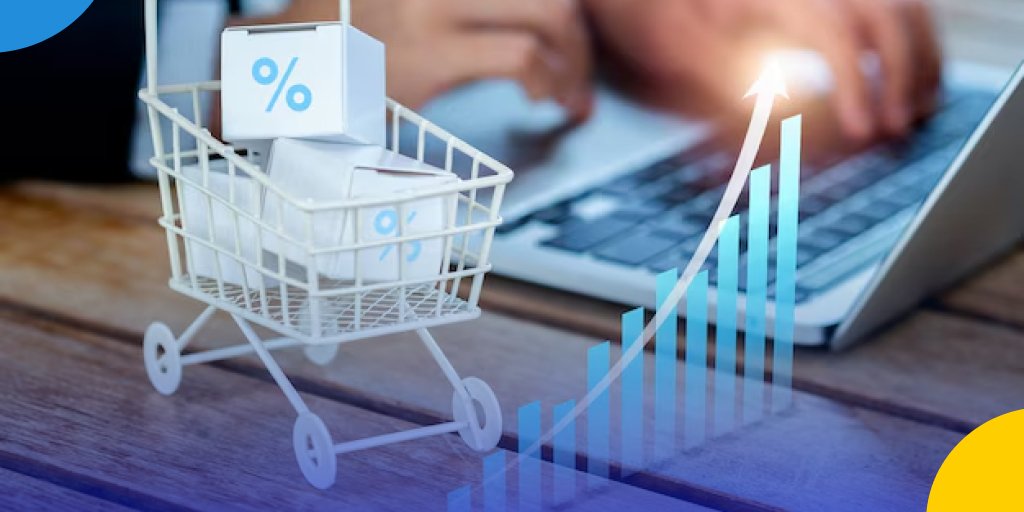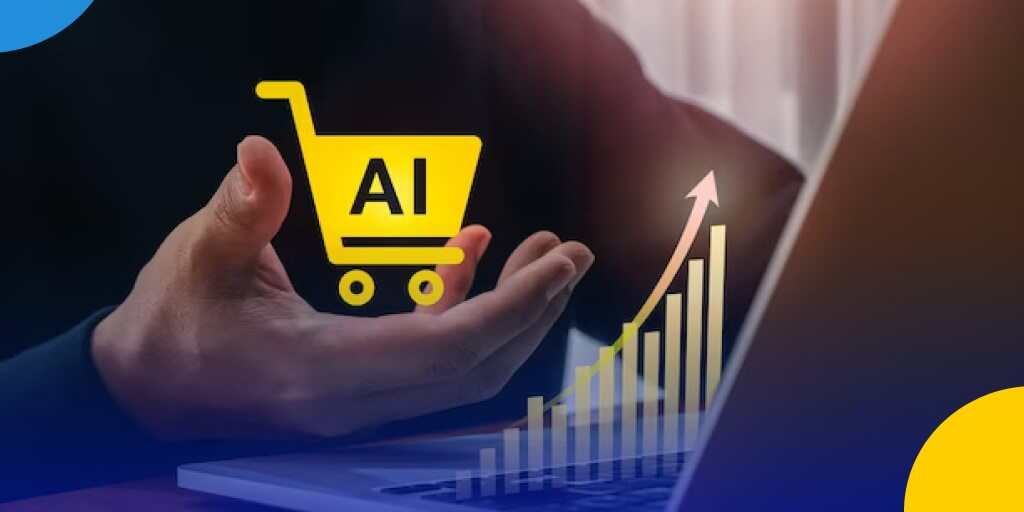Digital Twin Technology
According to a recent study by Grand View Research, the global digital twin market is expected to reach USD 86.09 billion by 2028, with a projected CAGR of 42.7% from 2021 to 2028. The COVID-19 pandemic has accelerated the adoption of digital twin technology, especially in healthcare, agriculture, and government sectors. As organizations adapted to social distancing and reduced labor forces, digital twins played a key role in maintaining operations. The pandemic has, therefore, acted as a catalyst for digital twin implementation, helping industries prepare for future crises.
What is Digital Twin?
A Digital Twin is a virtual representation of a physical object or system that can monitor and control the real-world counterpart in real-time. It is essentially a digital replica of a physical object that incorporates data from various sources such as sensors, simulations, and historical records to create an accurate and up-to-date representation of the physical object.
A Digital Twin can be used in a wide range of applications, including manufacturing, transportation, healthcare, and smart cities. In manufacturing, for example, a Digital Twin of a machine can be used to monitor its performance and predict potential issues, allowing for more efficient maintenance and increased uptime. In healthcare, a Digital Twin can be used to simulate patient treatment scenarios and evaluate the potential outcomes, improving the quality of care and reducing the risk of adverse events.
The Digital Twin concept is made possible through advances in IoT, big data analytics, and other enabling technologies that allow for real-time monitoring and control of physical objects. The goal of Digital Twin technology is to create a seamless and dynamic connection between the physical and digital worlds, allowing for more efficient and effective operations, as well as new and innovative applications.
Difference between IoT and Digital Twin?
The Internet of Things (IoT) and Digital Twin are related concepts, but they are not the same thing.

IoT refers to a network of physical devices, such as sensors and actuators, that are connected to the internet and can collect and exchange data. These devices can range from simple sensors that measure temperature or humidity, to complex industrial machines that can be monitored and controlled remotely. The goal of IoT is to create a network of connected devices that can collect and exchange data in real time, enabling new and innovative applications.
Digital Twin, on the other hand, is a specific application of IoT technology. A Digital Twin is a virtual representation of a physical object that is created using data collected from various sources, such as IoT devices, simulations, and historical records. The goal of a Digital Twin is to provide a real-time, dynamic representation of a physical object that can be used to monitor, control, and optimize the real-world counterpart.
In other words, IoT is a network of connected devices that collects and exchanges data, while Digital Twin is a specific application that uses this data to create a virtual representation of a physical object. While Digital Twin technology is built on IoT, not all IoT devices and applications are part of a Digital Twin system.
In conclusion, IoT and Digital Twin are related but distinct concepts, with IoT serving as the foundation for Digital Twin technology. IoT provides the data and connectivity that makes Digital Twin possible, while Digital Twin uses this data to create a virtual representation of a physical object that can be monitored, controlled, and optimized in real time.
Let's Discuss digital twin technology
Digital twin technology is a cutting-edge development in the field of digital engineering and the Internet of Things (IoT) that has the potential to revolutionize the way we think about and interact with physical objects. In essence, a digital twin is a virtual replica of a physical object that can be used to monitor and control the object in real time.
The concept of a digital twin was first introduced in 2003 by Dr. Michael Grieves of the University of Michigan, who described it as a “digital representation of a physical object or system.” Since then, the technology has evolved to include a wide range of applications, from industrial machines and infrastructure to consumer goods and even entire cities.
One of the key advantages of digital twin technology is that it allows for real-time monitoring of physical objects. By using sensors and other forms of data collection, digital twins can gather information about the physical object’s performance, behavior, and environment. This information can then be used to optimize the performance of the physical object, predict potential problems, and even diagnose and fix issues in real time.
Another important benefit of digital twin technology is that it enables more efficient and effective simulation and testing. By creating a virtual replica of a physical object, engineers and designers can simulate various scenarios and test different design options before committing to a physical prototype. This can save time and resources, as well as improve the overall quality and performance of the final product.
In the industrial sector, digital twin technology is already being used to optimize production processes, improve maintenance schedules, and reduce downtime. For example, a digital twin of a manufacturing plant can be used to monitor and control the performance of individual machines, predict potential maintenance issues, and even optimize the entire production process in real time.
The potential applications of digital twin technology are virtually limitless, and as the technology continues to evolve, we can expect to see more and more innovative uses in the years to come. For example, there are already efforts underway to use digital twin technology to create smart cities, where every aspect of a city’s infrastructure and systems can be monitored and optimized in real time.
In conclusion, digital twin technology is a rapidly growing field with enormous potential to transform the way we interact with and control physical objects. By allowing for real-time monitoring, simulation, and testing, digital twins have the potential to improve the efficiency, performance, and quality of everything from industrial machines to entire cities. With the continued development of IoT and other enabling technologies, we can expect to see digital twin technology continue to play a major role in shaping the future of the digital world.
About Hutech Solutions
Hutech Solutions stands at the forefront of Internet of Things (IoT) innovation, developing cutting-edge solutions that enhance connectivity, operational efficiency, and sustainability across various sectors. With a focus on research, development, and industry collaboration, Hutech Solutions is committed to pushing the boundaries of technology to address the challenges and opportunities of the digital future.
Frequently Asked Questions
Digital Twin technology has applications in healthcare, agriculture, manufacturing, smart cities, transportation, and government sectors, among others. It is used for predictive maintenance, performance monitoring, and operational optimization.
The pandemic accelerated the adoption of Digital Twins, especially in industries requiring minimal physical labor and social distancing. Sectors such as healthcare, agriculture, and government used Digital Twins to maintain operations and prepare for future crises.
Hutech Solutions offers cutting-edge Digital Twin solutions tailored to your business needs. We specialize in creating virtual replicas of physical systems to help you monitor performance, predict potential issues, and optimize operations in real time. Our expertise in IoT, big data, and AI enables seamless integration of Digital Twin technology, enhancing operational efficiency and business outcomes.
Yes, Digital Twins are increasingly being used to monitor and manage smart city infrastructure, including traffic systems, utilities, and public services. They enable cities to optimize operations, reduce costs, and improve sustainability.
Ready to Advance your Digital Transformation?Get in touch with us.
Discover why Hutech is the right partner for your business.
MAIL US AT
sales@hutechsolutions.com
CONTACT NUMBER
+91 90351 80487
CHAT VIA WHATSAPP
+91 90351 80487
Humantech Solutions India Pvt. Ltd 163, 1st Floor, 9th Main Rd, Sector 6, HSR Layout, Bengaluru, Karnataka 560102



